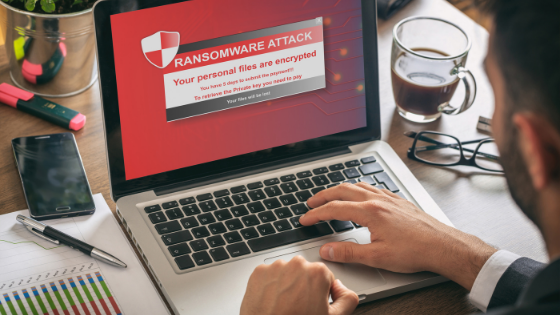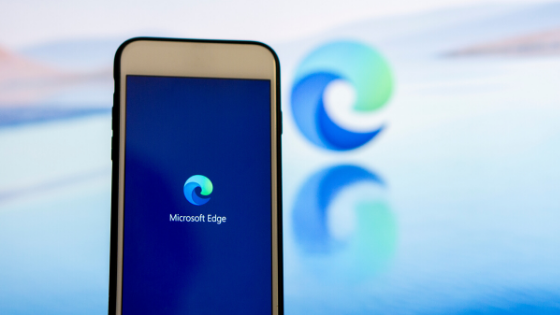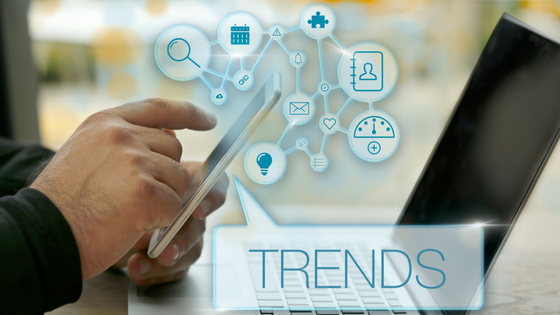Most plans for mobile workplaces include technology packages with a variety of hardware options to support remote workers – laptops, tablets, cell phone headsets, and internet connectivity. However, the best technology is useless without applications that take full advantage of the speed and connectivity today’s devices provide. The apps presented below will help keep your mobile workers organized, connected, and productive.
The number of useful workplace applications available today is astounding. Some of these apps support basic functions (calendars, to-do lists, video conferencing), others are clever and innovative (content management, employee engagement), while still others are downright brilliant (like Slack for its contribution to inbox zero). What is equally remarkable is that new apps are introduced daily (it’s definitely a good time to be an app developer—or app user, for that matter!). But with so many options available and more being rolled out all the time, finding the essential apps that will really help your organization and support mobile or remote workers can be a daunting and time-consuming task.
I work remotely and I also manage an IT division, so while I don’t claim to know about all of the apps that are available, I’m familiar with the apps that have worked well for us over the years (and we have certainly left a trail of apps that we tried and discarded along the way). More importantly, I know the types of apps that we couldn’t work effectively without – the areas where the apps that we use truly support our work processes. In no particular order, here’s a list of those areas and the apps that we can’t live without.
1. CONTENT MANAGEMENT
Google Docs – https://www.google.com/docs/about/
Documents, Spreadsheets, Calendar Sharing
For content sharing and management, Google Docs is user-friendly and useful for collaborating on simple document and spreadsheets. Multiple users can open and work on files simultaneously and easily. In addition, Google Calendars is a great way to organize schedules across an organization. Users can choose to post events on a shared calendar or keep personal events private, as well as schedule themselves and others for activities. Our shared Google calendar has become an indispensable way to check availability and book co-workers for meetings or events. One caveat – while Google Docs is useful for simple files, Microsoft Office is still the best software for documents or spreadsheets that require more substantial formatting or features.
2. CONTENT REPOSITORY
Box - http://www.box.com/
Remote workers have always wrestled with file versioning (if you’ve ever spent time adding valuable content to a shared document, only to find that you weren’t working in the most recent file, you know how frustrating this can be). A staffer makes changes to a shared document and emails it to a co-worker. She makes changes and now she has the latest and greatest copy but it is stuck on her hard drive. With Box, Word documents and Excel spreadsheets can be edited directly through the Box.com interface and it provides instant versioning. Box can be an organization’s central repository of ALL electronic files – working documents, spreadsheets, and photos – as well as an archive of completed project files. One added bonus is that external users can be given access to specific folders so larger files can more easily be shared with clients or others outside of your organization.
3. PROJECT MANAGEMENT AND TO-DO LISTS
Asana - https://asana.com
Probably the most quintessential of app types is the electronic to-do list that help manage your time and prioritize your work in all kinds of inventive ways. Not only have we tried various to-do list apps over the years, individual employees have found their own personal favorites. But we selected Asana for our needs, which not only keeps our task lists organized, but is also a versatile project management tool, especially for mobile workers. Users can set up projects, subtasks, dependencies, due dates, and staff assignments. In addition to marking items as complete, users can also add status notes about each item to keep other team members updated about their progress. Further, it features a helpful project calendar that can be viewed for a team project or a specific employee. Asana is also useful as a personal task list, allowing individuals to track due dates and status notes for themselves.
4. VIDEO CONFERENCING
Zoom - https://www.zoom.us/
Perhaps the second-most ubiquitous app (right after project management and to-do lists) is the video conferencing system. Even before mobility and remote work gained popularity in recent years, video conferencing systems were used to connect offices and teams in other locations. This is yet another area where we have tried, and discarded, several systems over the years before settling on Zoom. It’s a simple, easy-to-use tool with all of the features you would expect in video conferencing. Its screen-share feature is easily available to either the host or any participant, it provides markup tools and whiteboard features, and meetings can be scheduled and recorded or started with a simple mouse click. But its greatest appeals are its solid video performance, video gallery feature, and ability for each user to have his or her own video “line” so users don’t fight over who needs the video conference line the most on a particular day or time slot. (Or accidentally kick others out of video conferences when they forget to check the schedule and log on. Yes, that happened to me, several times, actually, but I think I’m finally getting over it!) One more thing – Zoom interfaces seamlessly with Google Calendars and Microsoft Outlook so scheduling meetings and inviting others is very easy.
5. TEAM COMMUNICATION
Slack - https://slack.com/
Slack is a great collaboration and instant messaging app that has become essential for us. Users can set up channels for specific areas (projects, teams, events) and include staff members that are involved in those activities. Instant messages and documents can be sent within each channel or to individuals. This app has eliminated over 90% of our internal emails and has revolutionized the way our teams and employees communicate with each other. One of the best features is that all communications and files are saved in date order (most recent appearing first), which means that in any channel or with any individual, users can scroll through the full history of all communications, including any files that were uploaded.
6. PERFORMANCE REVIEWS
Small Improvements - https://www.small-improvements.com/
An easily overlooked area in the app environment is performance review software. While employee reviews are necessary to provide feedback, set objectives, and measure performance, we don’t often think of an app to help manage this task. And in fact we purchased a larger, more expensive software package several years ago to help us manage this effort before finding Small Improvements, which has really enhanced our review process for our remote employees. Small Improvements’ online performance review system is simple and streamlined. It incorporates self-reviews, 360-degree feedback from other staff members, and manager reviews so our performance review process results in a comprehensive package of feedback and direction for employees. Most importantly, employees in remote work locations don’t end up feeling isolated or disconnected from the organization’s goals or objectives.
7. RECOGNIZING AND INCENTIVING EMPLOYEES
Bonusly - https://bonus.ly/
This is also an area that doesn’t immediately come to mind when you think of tasks you could do with an app, but since we began using Bonusly nearly a year ago, it’s become one of our most popular tools. The app allows users to recognize co-workers with an actual financial micro-bonus between $1 and $5. These bonuses can be cashed in for a variety of gift cards or can be donated to a charity the user selects. While the ability for employees to reward others with actual money is a great feature, I think that the actual recognition from a co-worker may be more valuable. Bonusly interfaces with Slack so all “bonuslys” are posted so that everyone can see who is being recognized. Awards are also associated with hashtag keywords set up by the organization (e.g., #teamwork) and the app also notes milestones in each area (e.g., Ted just received his 5th bonus for teamwork!).
8. EMPLOYEE FEEDBACK AND STATUS REPORTS
15Five - https://www.15five.com/
As remote workers, we don’t have a water cooler to gather around, nor can we pop into the boss’ office at the end of the week to update him on what we’ve been working on. So to facilitate regular engagement within the company, we use 15Five to provide a quick status summary of the work accomplished that week and what we have planned for the upcoming week. This feedback is private and only available to the designated manager but another feature of 15Five is its ability to ask questions, set up polls, or get feedback on a particular topic. We set up a question or discussion topic of the week (sometimes more than one). Just as with Bonusly, 15Five interfaces with Slack so employee answers or posts on the discussion topic are shared in the company Slack channel so everyone can view them. We gather feedback on both company issues (“How is Zoom working for you?”) and non-company topics (“What was your favorite Olympic moment?” was a recent favorite).
One of the factors in any successful organization is having the right tools to support the work. With mobile and remote work forces, having easy and effective ways to: 1) communicate with coworkers and clients, 2) share content and collaborate on tasks, 3) schedule tasks and track progress, and 4) engage with and reward remote workers as if they were just down the hall, is essential. Since the beginning of Internet Time (that was May of 1996 for us when I attended the Internet World Convention in San Jose, CA, then flew home and created our first web page), a browser and internet connectivity were all that organizations needed to stay connected. But now, with literally thousands (tens of thousands?) of apps available in every area imaginable, the possibilities for work and organizational management are endless. These eight apps that I profiled here are the ones I have found to be the easiest to use, most effective for us, and great at what they do. Perhaps most importantly, they offer a starting place as you identify the tools that are right for your organization.




.jpg)




.jpg)


.jpg)
.jpg)
-1.jpg)
.jpg)
.jpg)
.jpg)
.jpg)
.jpg)

